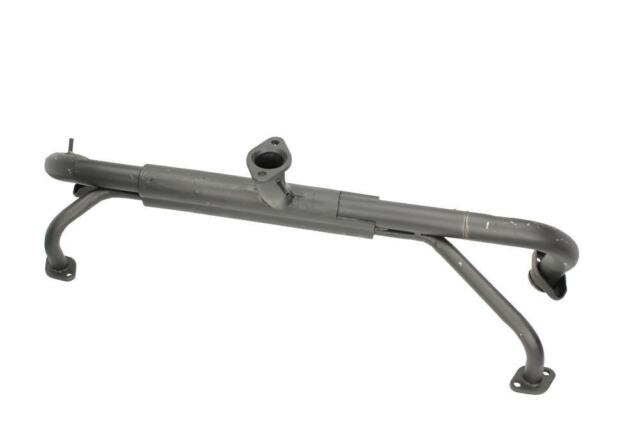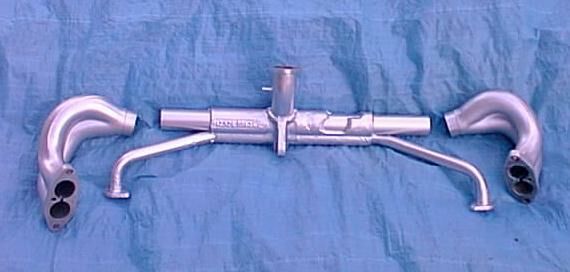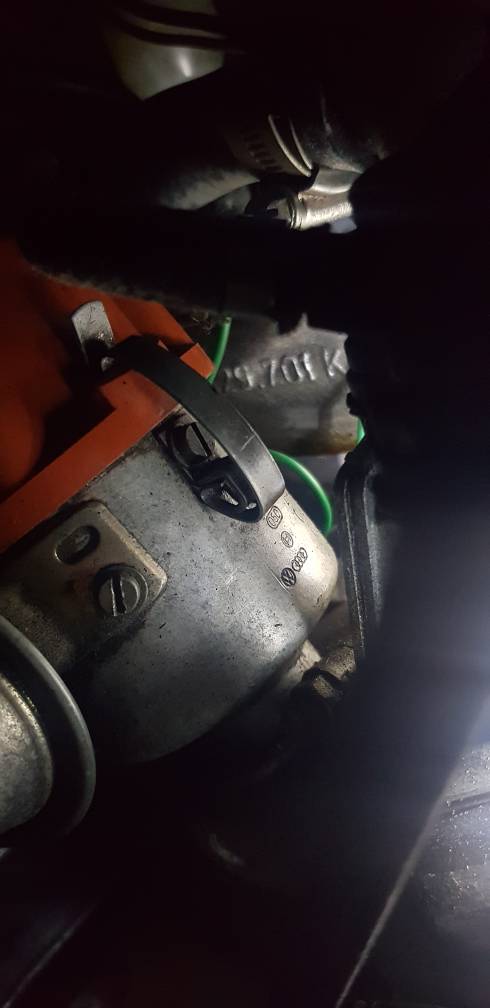Hi guys.
I already done an introduction post, but now need some tech advice. So this is my first couple of questions.
Firstly, the engine in our new (1972) camper is in the log book as a 1500cc the previous owner advertised it as such so not a problem. It runs really well and has done over 800 miles in its first week of ownership after a good service. It sits very happily between 50 &60 mph. But everything I've read said that the 1500 wasn't fitted to the T2. It is a post 1970 engine as it has the 2 oil pressure valves on the bottom. Engine number is B538837.
Any ideas what engine I have to make getting spares easier?
Secondly, there is a leisure battery fitted. This is charged with a ctek charger from the hook up. Weird thing is that the leisure battery appears to power the cig lighter socket, the radio, the fridge and the interior light. I would have thought that the fag lighter and radio would have come from the engine battery. Also I need to connect it to the dynamo to charge it when driving. It's mostly big distances we do so it would have enough time to trickle hopefully. Any advice?
I have other questions but dont want to overload this post.
Cheers. Andy.
I already done an introduction post, but now need some tech advice. So this is my first couple of questions.
Firstly, the engine in our new (1972) camper is in the log book as a 1500cc the previous owner advertised it as such so not a problem. It runs really well and has done over 800 miles in its first week of ownership after a good service. It sits very happily between 50 &60 mph. But everything I've read said that the 1500 wasn't fitted to the T2. It is a post 1970 engine as it has the 2 oil pressure valves on the bottom. Engine number is B538837.
Any ideas what engine I have to make getting spares easier?
Secondly, there is a leisure battery fitted. This is charged with a ctek charger from the hook up. Weird thing is that the leisure battery appears to power the cig lighter socket, the radio, the fridge and the interior light. I would have thought that the fag lighter and radio would have come from the engine battery. Also I need to connect it to the dynamo to charge it when driving. It's mostly big distances we do so it would have enough time to trickle hopefully. Any advice?
I have other questions but dont want to overload this post.
Cheers. Andy.








